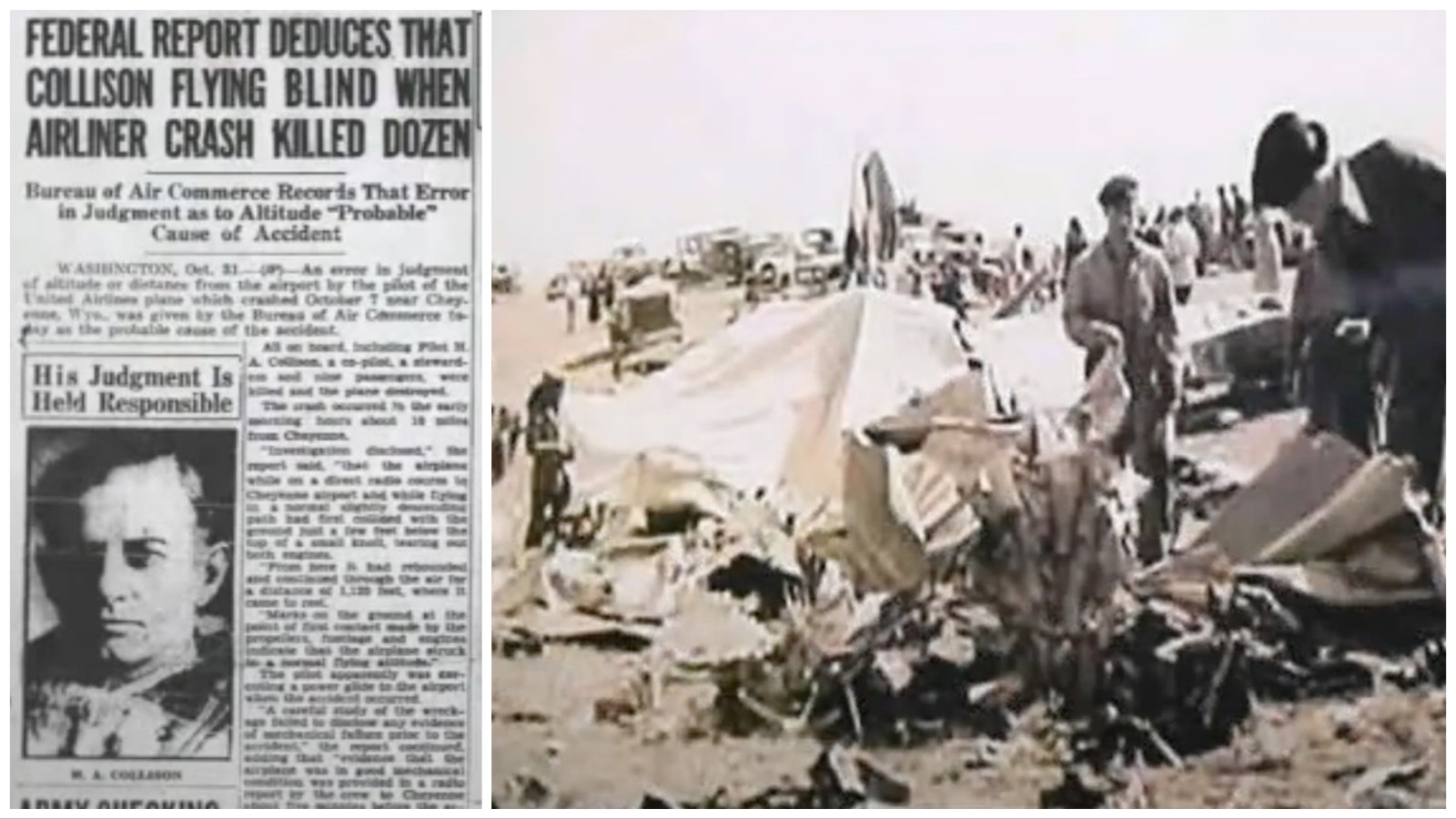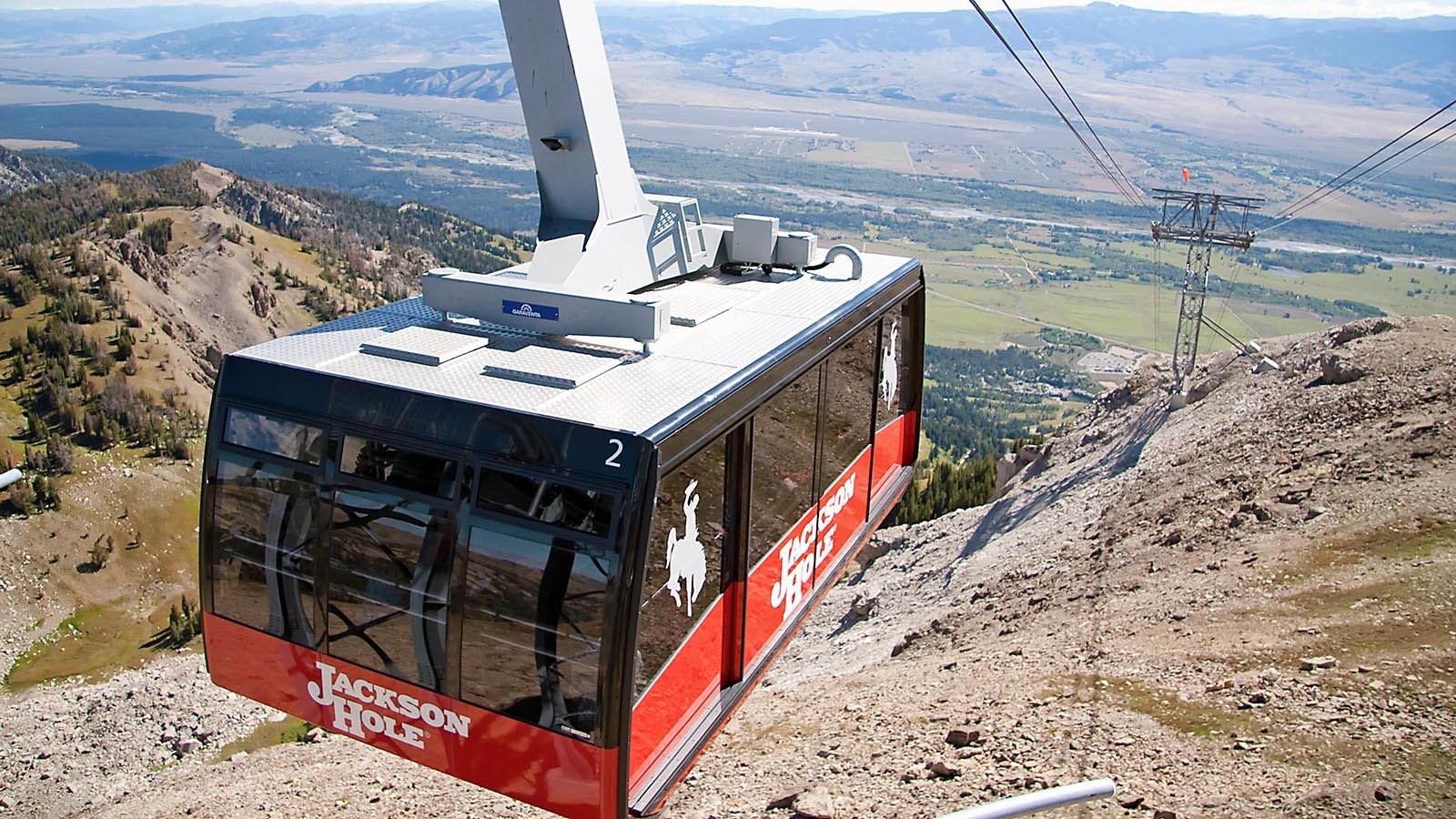Flowers on his grandfather’s old Wyoming farm mark the spot of a mystery lost in time and a trail of history that Kent Hargraves has been tracking since he was 12.
“My grandfather, Fritz Koster, had a small ranch 12 miles west of Cheyenne,” Hargraves recalls.
In the summer, there wasn’t much to do on the farm, so grandpa would often send him to clean the shop, even though it had a dirt floor.
That was OK with Hargraves. There were cool gadgets in the shop, and he liked playing with them — even though his grandfather had told him not to.
Among the gadgets was an old hand-operated drill press.
“When he was away, I would spin that drill press at cataclysmic speed,” Hargraves recalled, chuckling.
Whenever grandpa would catch him at that, though, he would send Hargraves away.
“Why don’t you go out and check the fence?” Grandpa Koster would say.




Checking The Fences
Hargraves would do just that, exploring like young boys will explore, every nook and cranny of every hill and dell.
Sometimes, his travels took him through the John Bell Ranch, down to Crow Creek, hunting out the tracks of coyotes and rabbits. Other times, he looked for places where he could see for miles and miles around.
After these excursions, Koster would ask where his grandson had been. One time, however, the answer took his grandfather by surprise.
“I went to the west fence and sat on the hilltop where those yellow blooming flowers are,” Hargraves told him.
Grandfather Koster got a faraway look in his eye.
“You know, there must have been some seeds in that airplane that crashed up on that hill,” Koster said.
Hargraves was all ears. A plane? A plane had crashed there?
The Search Begins
Hargraves often found excuses to walk where the yellow flowers marked what had become a great mystery, but his real search for answers about the plane that had crashed there didn’t begin until he was in his 30s.
An uncle named Wayne asked Hargraves to find an old newspaper article about the time that uncle had been struck by lightning on a ranch out on Horse Crick. That dive into history taught Hargraves all about the Wyoming State Archives and how to use them.
Of course, it was inevitable then that Hargraves would remember those yellow flowers and explore the archives, trying to discover more about that mystery airplane crash on his family’s ranch.
Famous Author Almost Helps
Hargraves became a regular figure at the State Archives, along with another gentleman named Gerald Adams.
“I didn’t know who he was really, just an elderly gentleman that was researching stuff in the archives,” Hargraves said.
The two made small talk now and then, but both were too focused on their own research to say much more than “hello” and “nice day.”
As Hargraves struggled to find any mention of the crash that had happened just 12 miles west of Cheyenne, he would sometimes ask the lady at the front desk for help.
“Well, did you talk to Gerald Adams over there,” she asked? “He’s probably the most knowledgeable about aviation in Wyoming.”
Aviation History Buff
Adams was a native of Nebraska and formerly worked in the Strategic Air Command Headquarters prior to moving and retiring from the Air Force in Cheyenne.
He’d published numerous articles and books about Western military and early aviation, as well as other historical publications about Wyoming during World War II.
This was a stroke of incredibly good fortune, Hargraves thought, though he was abashed he hadn’t spent more time listening to the older gentleman. Unfortunately, when Hargraves asked him about the crash site on his grandfather’s old farm, it rang no bells for Adams.
He reached into a briefcase, pulling out two yellow tablets that had a chronological list of all the research he’d done on Wyoming Aviation.
As he paged through his timeline, Hargraves was elated, thinking he was finally going to find the answers he’d been seeking.
But when Adams looked up, it was with regret. The only 1930s crash near Cheyenne that he’d found was off of Greeley Highway, south of town, nowhere near Grandpa Koster’s ranch.

Moment Of Truth
It was as if all the air had been sucked from the room.
“I thought it was a lost cause,” Hargraves said.
But deep down, the 12-year-old boy inside of him knew that his grandfather had not lied about the crash. So he kept searching through newspapers, and finally re-read every line of the article about the one crash Adams did know about.
In that article was a big clue they had both missed. The last sentence said the plane had crashed “south of town, 20 miles from the plane crash that killed 12 people.”
Now that he had a pretty good date for when the mystery crash happened, Hargraves tried his searches again.
Not only did he find the crash, it turned out to be the very first United Airlines crash.
“And it was written about in every paper in the world,” Hargraves said.
London Times, The New York Times — whatever paper he looked at, there it was in the big bold fonts popular in the day.

New Mysteries
As Hargraves dug deeper into the story of the 1935 United Airlines Boeing 247D crash, new mysteries were revealed.
The pilot, Colly Collison, had been famous at the time for high-flying maneuvers and near-death escapes.
In those early days, when airplanes were not the reliable machines they are now, Collison maintained that he always flew his planes high, just in case something went wrong. That gave him more leeway to still land the plane.
He swore that approach had saved his life many times – like the time he had to make an emergency landing on Elk Mountain in a blizzard.
After landing, Collison walked away from the crash, hiking another 3 miles to deliver his mailbags to a ranch house, so the mail could be delivered on time.
“Every week, there was an article about Collison and one of his exploits,” Hargraves said.
In fact, even National Geographic had written about the high-flying exploits of the daring Colly Collison.
But, therein lay a new mystery, because the United Airlines crash of 1935 had been low to the ground, with engines still at full speed.
Not like Collison at all.
Not only that, Hargraves learned the cabin lights had been on full power at the time of the plane crash.
“The design of the plane, the windows were at such an angle, that the instrument panel would reflect off the window,” Hargraves said.
Pilots always turned the lights down when landing, so they wouldn’t be blinded by the reflected lights.
“But the knob was all the way to bright,” Hargraves said.

Mystery Passengers
Hargraves discovered anomalies with the passenger list as well, which was a star-studded cast of famous and wealthy people — somewhat resembling the cast list for some old-fashioned murder mystery game.
Herbert Hoover, for one, had booked a seat on the flight, just in case his speech went over time and he missed his train.
He made the train, so wasn’t actually on the flight. But he could have been. Would that have given someone a motive to sabotage the plane?
George H. Minor, meanwhile, who patented the first pinball machine, was on the flight, as was Juliet Hillman of Pittsburgh, the wealthiest passenger aboard. Her father, Henry Hillman, was head of the Pittsburgh Coke & Chemical plant.
Also aboard the plane was a last-minute passenger, one who had boarded too quickly for his identity to be confirmed. That mystery passenger was likely one Robert H. Renebome, a man on the run from the law for embezzling.
Crash investigators later found Renebome was carrying someone else’s ticket!
Meanwhile, a ticket had been sold to one Walter V. Crandall with the Associated Oil Co., but Crandall wasn’t among the bodies identified by investigators after the crash.
Crandall, it turned out, had boarded a missing Standard Oil plane that never arrived at its destination in San Francisco.
In fact, Collison had spent the last 24 hours ahead of his fateful 1935 flight searching for Crandall’s missing plane.
Tired Pilot
Among theories Hargraves has seen posed for the 1935 crash is one that says Collison might have just been too tired after being up all night searching for the missing Standard Oil plane.
“In those days, they always blamed the pilots for crashes,” Hargraves said.
There were no black boxes yet, and investigative tools were minimal. The pilots also weren’t around to defend themselves.
Under that theory, the copilot had taken over for Collison so he could sleep and, since the younger, less experienced man didn’t know the area well, he had become lost.
The plane was off course.
But the problem with that theory is Collison was heard twice on the radio in the early morning hours not all that long before the crash, asking about the weather in preparation for landing.
And while the last communication was from the co-pilot, it doesn’t seem, from these details, that Collison would have been suddenly asleep.
Yet another theory that interests Hargrave is weather data from the time.
“It showed clear skies and clear weather at the airport,” he said.
But, aviation author Steve Wolf took the figures from that old weather report and plugged them into a modern computer model for weather in the region. That shows fog would have been likely at higher elevations in the area where Collison would have been flying.
Had the pilots simply become lost?

Story Continues To Build
Yet a third theory hinges on the fact that a gun found on the plane was not Collison’s.
Like all mail carriers of the day, Collison had a standard-issue pistol, but that pistol was found locked up in his locker. So whose was the pistol in the United Airlines crash debris?
Might the gun belong to Renebome?
That could explain why, initially, Collison was the one speaking over the airwaves, but then suddenly it was his copilot instead.
These are questions that may never be answered, Hargraves said, but he keeps working on the story, adding to it.
People often contact him after presentations about Colly Collison, the pilot lost in time, with new information and details that hels flesh out the tracks that have faded back into history.
The latest find, for example, has been the death certificates of all the passengers. The interesting thing Hargraves noticed there is that the millionaire heiress and the attorney’s death certificates are both neatly typed, while everyone else’s are scribbled handwriting.
Lately, Hargraves has been working out the details of what happened to Collison’s family. He lived for a time in Cheyenne with his wife and two children before the family was stationed in Salt Lake City.
The daughter, Hargraves said, married someone from Jackson Hole, where she was an artist.
“I just really love research, anyway,” Hargraves said. “And I’m just so intrigued by this story. There’s just so much to it.”





